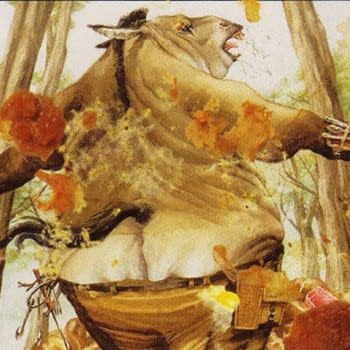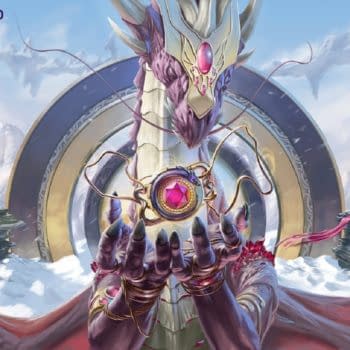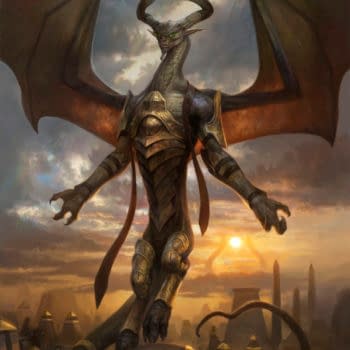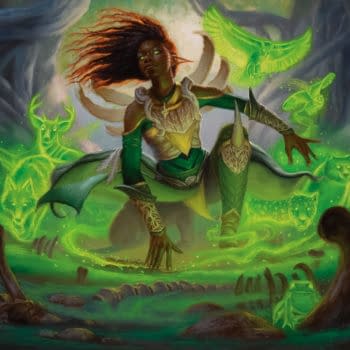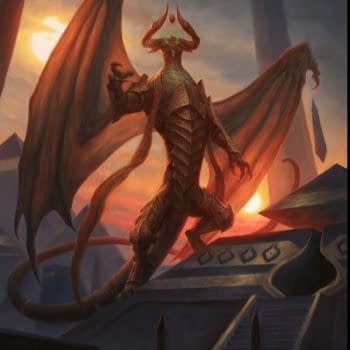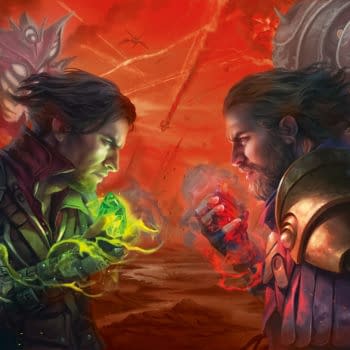Posted in: Card Games, Dungeons & Dragons, Games, Magic: The Gathering, Miniatures, Role Playing Games, Tabletop, Wizards of the Coast | Tagged: alignment, card games, d&d, Dastarque, dungeons & dragons, dungeons and dragons, homebrew, magic, Magic: The Gathering, MTG, Role Playing Games, rpgs, Tabletop, wizards of the coast, WotC
Opinion: On Dungeons & Dragons Homebrew Campaigns And Alignment
Hello, dear readers! This article series is meant to showcase my personal thoughts on how to make an immersive homebrewed world in Dungeons & Dragons from the ground up. The article ties into my own setting of Dastarque, but should serve as a good example for all you aspiring homebrewers on how to make these things your own.
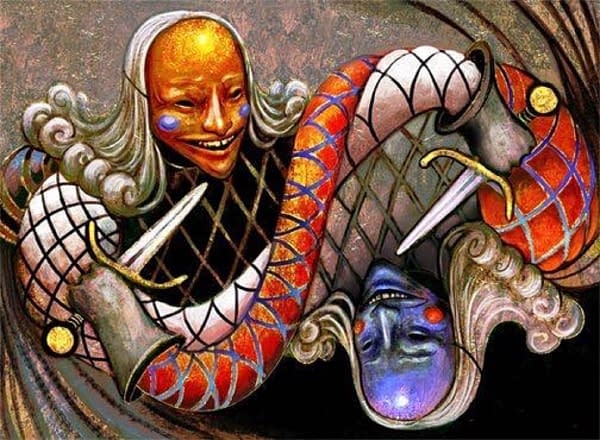
A few years back, Loreley Weisel, a writer who now freelances writing Magic: The Gathering flavor text in her spare time, wrote a smattering of articles over social media about the alignment systems of Dungeons & Dragons, despite having admitted to never playing the game prior. However inexperienced Loreley was with regards to D&D, however, her article proved remarkably astute. She provided the alignment chart above, as well as any alignment chart you'll see in this article.
Around the same time, I had also never played D&D: I was primarily a Magic player – and honestly, I still am – but I was also looking at my aspirations of designing cards for Wizards, no matter how lofty that goal was. I decided that I wanted to create custom Magic sets – I had designed one set already in full, with the help of a few friends in undergrad, but the result was a bit incoherent compared to a typical set as designed by Wizards of the Coast.

That is where the story begins. Years after reading Loreley's articles on alignment, I'd finished building a world complete with original mythology and a plotline behind it. It should surprise nobody who reads my articles on Magic: The Gathering that the setting was based on my favorite color in the game – black.
Now, alignment is a tricky and very ephemeral concept. Players will often say they're of one alignment when they're actually playing another. This is true of any system of alignment, and unless you're the Dungeon Master to a bunch of experienced and dedicated improvisers, within your own campaign there is at least one person fudging their alignment. But when I started my campaign, I knew that alignment was a good way to further the plot of my story. After all, I made a plane of existence filled with terrible people, right? It's the black alignment, so naturally, that's the case, no?
That's where anyone making that assumption would be mistaken. Nowhere along the axes of this chart does it mention evil. Evil and good are black and white concepts (both respectively and so to speak, depending on how you read into the phrase), but only according to white. The more I read the primary alignment chart, the duller it became, and the more ruthless it seemed.
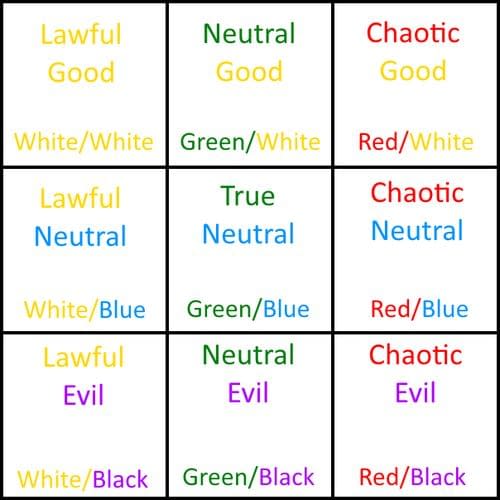
But looking along at the black alignment chart, there was no need for conventional morality. Characters using this chart are simply ones who need to do what they could to survive. The axis of independence-to-subordination doesn't mean that a subordinate character is "evil," per se, just in need of leadership – or perhaps more group-oriented. It just so happens that that is outside of Black's philosophy in Magic: The Gathering, so it's listed as a white-aligned trait. Complacency is a very green-aligned trait in Magic by the same token.
At any rate, I've created the world I did off of the simple chart created by a writer new to Dungeons & Dragons. The concept was simple but the execution, as one might expect, would be harder to manage.
I hope you appreciated this article. If you want to check out Loreley's work on Magic flavor text or other such things, you can check out her Twitter @LoreleyWrites. And, if you want to look into the alignment systems Loreley has written on, you can find the first article here.
What do you think about the notion of a homebrewed alignment system? Does the idea spark any inspiration in you? Let us know what you think in the comments below!


